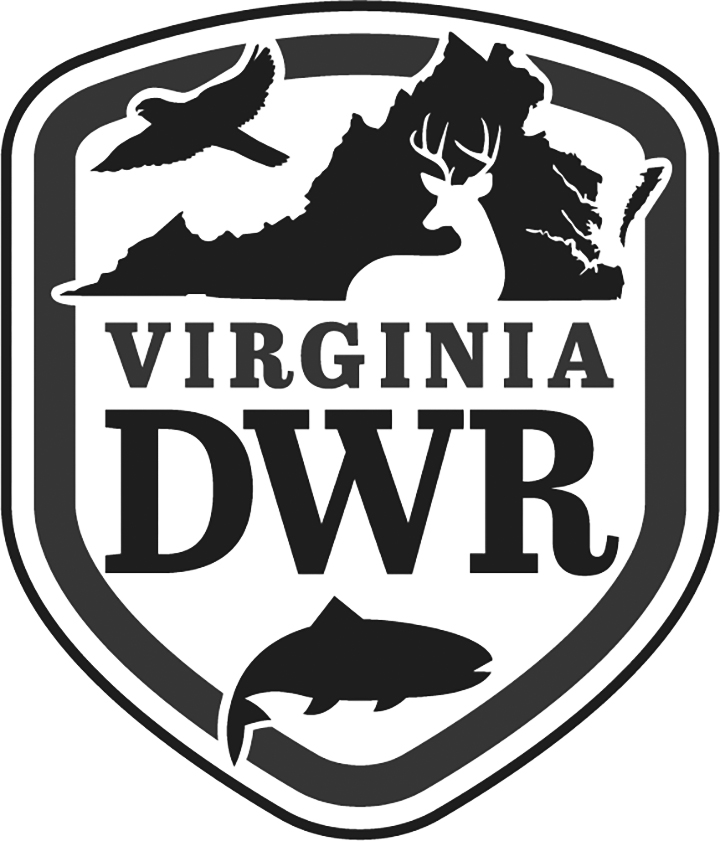
Virginia Department of Wildlife Resources
Help using Geographic Search
Overview:
You may request a list of species known or likely to occur near some location that you can identify
by pointing on a map,
or by entering coordinates such as available from a Global Positioning Satalite receiver,
or by entering part of a name that can be found published on a U.S.G.S topographic map.
Reviews of fish and wildlife literature are performed by Department of Wildlife Resources biologists and their efforts summarized and indexed in an agency database called Biota of Virginia (BOVA). Extensive literature exists for some species, but for many species there is little to no published information. BOVA represents the best effort to summarize all available information concerning Virginia's fish and wildlife. There is continuous effort made to ensure BOVA contains accurate and most complete information available. Inclusion or exclusion of any particualr species from a list is based on information summarized from books, juornals, and scientific reports made available to DWR biologists.
A species list resulting from a Geographic Search is based on references for distribution of species in Virginia by City and County, by United States Geologic Survey 7.5 minute quadrange, by United States Geologic Survey Hydrologic Unit (watersheds), and by United States Department of Agriculture Natural Resources Conservation Service Hydrologuc Unit (watersheds). The point of interest and search radius you provide determin which will be used.
Pick a point of interest in Virginia and specify a radius around this point there by defining a search area. There are three ways to determine your point of interest:
- By Map:
Use a map of Virginia and your mouse to make a point of interest selection.
Enter a search radius.
- By Coordinate:
Enter a Latitude/Longitude or UTM coordinate to make your selection.
Enter a search radius.
- By Place Name
Use the USGS Geographic Place Names Database to make your point of interest selection.
Enter a search radius.
Click "Report" button for a list of species known or likely to occur in your search area. Additional lists in the report include streams having sensitive aquatic species, streams used by anadromous fish, and a list of streams important to trout. Also a report concerning the Virginia Terrestrial GAP project describes your area based on the point of interest and the search radius.